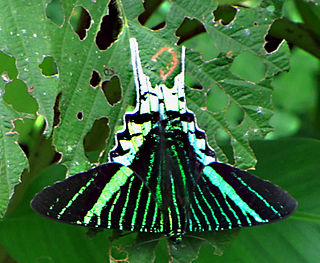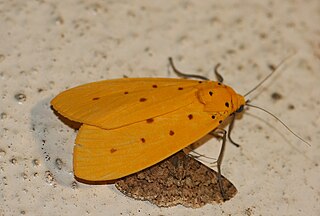Agape is a Greco-Christian term referring to unconditional love, "the highest form of love, charity" and "the love of God for man and of man for God". The word is not to be confused with philia, brotherly love, or philautia, self-love, as it embraces a universal, unconditional love that transcends and persists regardless of circumstance. It goes beyond just the emotions to the extent of seeking the best for others. The noun form first occurs in the Septuagint, but the verb form goes as far back as Homer, translated literally as affection, as in "greet with affection" and "show affection for the dead". Other ancient authors have used forms of the word to denote love of a spouse or family, or affection for a particular activity, in contrast to eros.

An agape feast or lovefeast is a communal meal shared among Christians. The name comes from agape, a Greek term for 'love' in its broadest sense. The plural agapae or agapæ has been used by itself in reference to lovefeasts, but is ambiguous, as it can also mean funerary gatherings.

Eurema hecabe, the common grass yellow, is a small pierid butterfly species found in Asia, Africa and Australia. They are found flying close to the ground and are found in open grass and scrub habitats. It is simply known as "the grass yellow" in parts of its range; the general term otherwise refers to the entire genus Eurema.

Papilio fuscus, the Canopus swallowtail, is a butterfly of the family Papilionidae, that is found on Timor, northern Australia, and New Guinea.

Jamides, commonly called ceruleans, is a genus of butterflies in the family Lycaenidae. The species of this genus are found in the Indomalayan realm, the Palearctic realm and the Australasian realm.

Polyura is a subgenus of butterflies also referred to as Nawab butterflies and belonging to the brush-footed butterfly subfamily Charaxinae, or leafwing butterflies. Like the large and conspicuous forest queens, they belong to the genus Charaxes, unique genus of the tribe Charaxini.

The Uraniinae or uraniine moths are a subfamily of moths in the family Uraniidae. It contains seven genera that occur in the tropics of the world.
Herbert Druce, FLS was an English entomologist. His collections were acquired by Frederick DuCane Godman (1834–1919), Osbert Salvin (1835–1898), and James John Joicey (1870–1932) before being bequeathed to the Natural History Museum, London. He is not to be confused with his son, the English entomologist Hamilton Herbert Druce, who also worked on Lepidoptera.

Jamides aratus is a butterfly of the lycaenids or blues family. It is found on Peninsular Malaysia, most of Indonesia and some surrounding islands.

Agape is a genus of moths in the family Erebidae.

Ichneutica is a genus of cutworm or dart moths in the family Noctuidae, found in New Zealand and surrounding islands. There are more than 80 described species in Ichneutica, the largest known genus of Lepidoptera in New Zealand. In 2019 this genus was revised and greatly expanded with the genera Graphania Hampson, 1905, Tmetolophota Hampson, 1905 and Dipaustica Meyrick, 1912 all subsumed within it.

Nyctemera baulus is a moth of the family Erebidae. It is found from India to Samoa. Records include Queensland, Indonesia and New Guinea.

Cacyparis elegans is a moth species in the genus Cacyparis first described by Arthur Gardiner Butler in 1887. It is found in the Solomon Islands.

Dicallomera is a genus of tussock moths in the family Erebidae.

Agathia pisina is a species of moth of the family Geometridae first described by Arthur Gardiner Butler in 1887. It is found in Australia and Norfolk Island.

Hypolimnas alimena, the blue-banded eggfly, is a species of butterfly in the family Nymphalidae. It is found in the Solomon Islands, Indonesia, New Guinea and Australia.

The palmflies are a common Asian butterfly genus found from India to the Solomon Islands. The caterpillars mimic leaves which they feed on. The adults mimic certain species.














